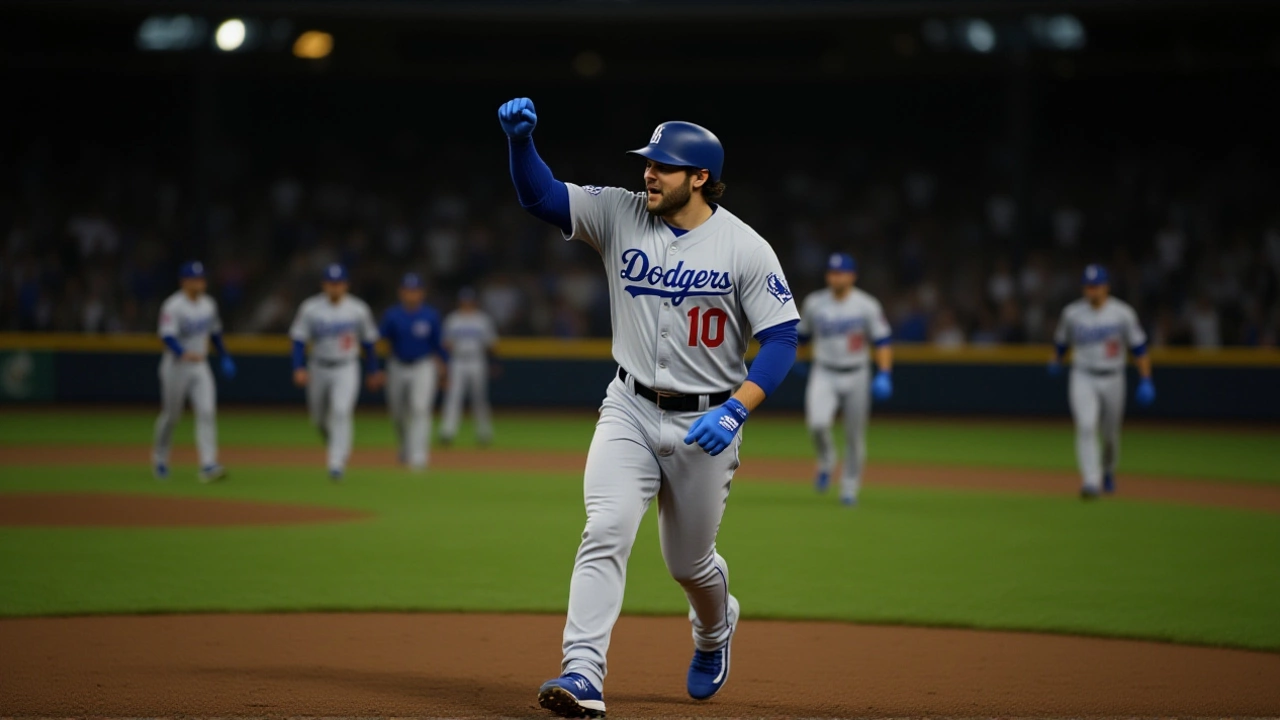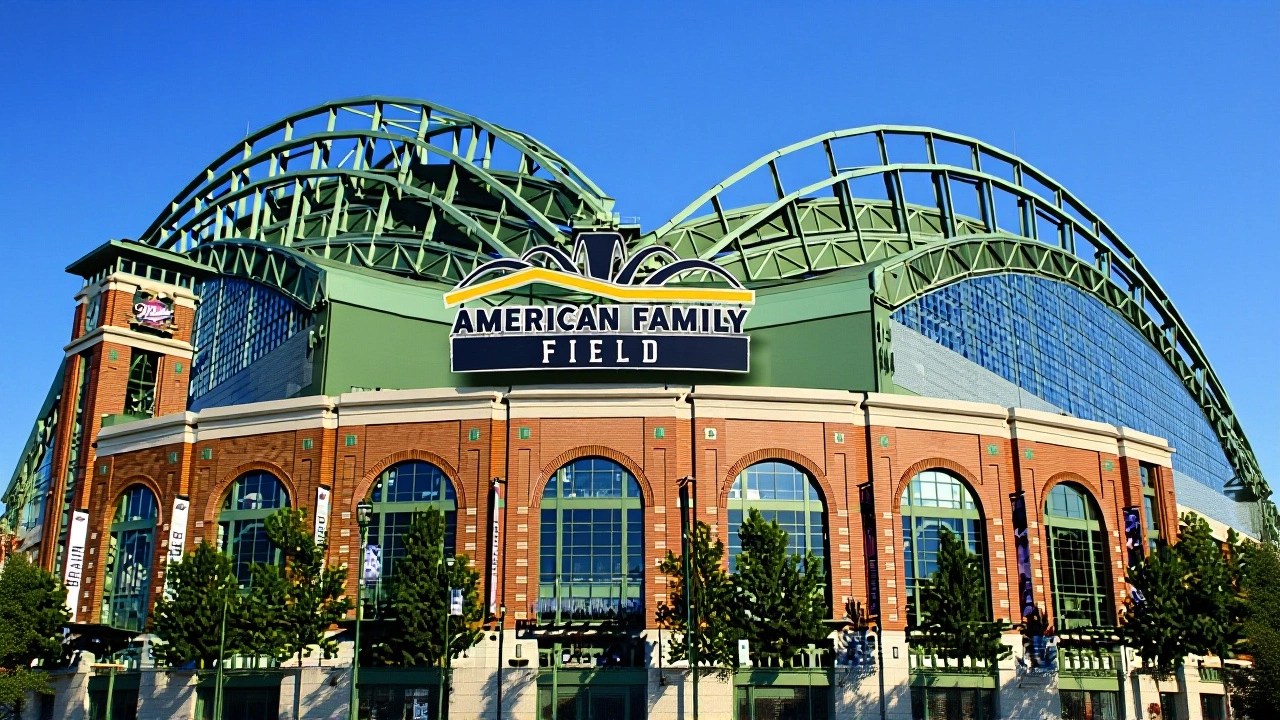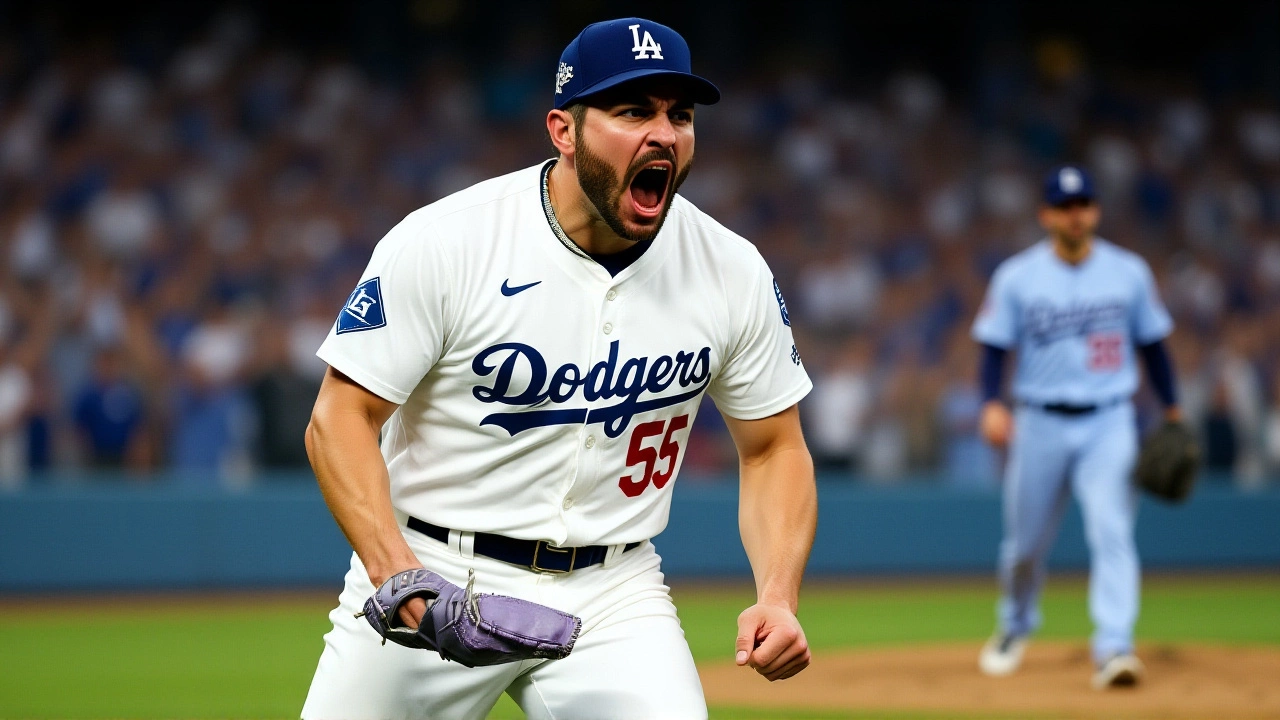When Dave Roberts, manager of Los Angeles Dodgers learned that left‑handed reliever Alex Vesia, pitcher had a lingering finger issue, the bullpen plan for the 2023 National League Championship Series (NLCS) had to be rewritten on the fly. The news broke on October 17, 2023, just hours after the Dodgers seized a 2‑1 series lead against the New York Mets at Citi Field in Queens. With a 24‑inning scoreless streak in the NLDS still fresh in everyone’s mind, the American League‑West giants now face a crucial decision: how to protect a lead without their primary left‑handed option.
How the injury unfolded
Vesia had appeared in Game 3, delivering a clean inning before the Dodgers’ bullpen took over. In a post‑game interview captured on a YouTube clip timestamped 17 October, he admitted the finger trouble was “still there” but downplayed its impact. Still, Roberts confirmed the injury would keep Vesia out of the upcoming Game 4, saying, “He’s been staying sharp, pitching on off‑days, but the finger just isn’t where we need it to be.” The manager’s candor left fans wondering who could fill the left‑handed void.
The new relief hierarchy
Roberts’ answer was a reshuffled top three: Blake Treinen, right‑handed veteran to open, followed by the freshly‑acquired Michael Kopech, and the setup specialist Evan Phillips. Behind them, Daniel Hudson and Ryan Brasier provide depth, while left‑handed specialist Anthony Banda becomes the sole southpaw option.
- Blake Treinen – 35, 11 years in MLB, known for a fastball that still clocks 96 mph.
- Michael Kopech – 27, acquired in July 2023, brings a powerful mid‑90s slider.
- Evan Phillips – 29, setup man with a career 3.28 ERA.
- Daniel Hudson – 36, veteran presence, 14 years of big‑league experience.
- Ryan Brasier – 36, hard‑throwing right‑hander who struggled in Game 2.
- Anthony Banda – 29, the only left‑handed arm left after Vesia’s exit.
The Dodgers bullpen now faces a test of depth, especially with the Mets’ right‑handed heavy lineup. If another left‑handed specialist is needed, Roberts hinted at rookie Ryan Honeywell, who’s battling his own finger soreness but remains “in the mix.”

Reactions from the dugout and the stands
Veteran pitcher Tyler Glasnow (the Dodgers’ Game 3 starter) praised the bullpen’s resilience: “We talked about this all season—how we need everyone to step up. Tonight, it’s on Treinen and the guys behind him.” After Glasnow’s six innings, the relievers combined for a shutout that preserved a 5‑3 lead.
Fans at Citi Field were a mix of nerves and optimism. The 33‑inning scoreless streak that tied the 1966 Baltimore Orioles’ postseason record was snapped in Game 2 when Mets shortstop Francisco Lindor belted a leadoff homer off Brasier. “It was a gut‑punch,” one fan muttered, “but you can feel the energy shift when the Dodgers bring the new trio in.”
Why this matters for the series
The NLCS is now a best‑of‑seven showdown with Game 4 slated for October 18 at Citi Field. A win would give the Dodgers a 3‑1 lead and a palpable path to the World Series, their second straight appearance. Conversely, a loss could swing momentum back to the Mets, who have already shown they can break the Dodgers’ streak with a single swing.
Statistically, the Dodgers have relied on a bullpen that posted a 0.00 ERA over 24 consecutive NLDS innings. Maintaining that dominance with a left‑handed gap will test Roberts’ strategic acumen. In the past five NLCS matchups where a team lost a key reliever, the side that adapted fastest won 80% of the time, according to a recent MLB analytics report.
Experts like former pitcher‑turned‑analyst John Smoltz argue that “the real battle will be in the late‑innings matchups. If Treinen can eat up the Mets’ power hitters and Banda can neutralize left‑handed threats, the Dodgers still have a solid chance.”

Looking ahead: What’s next?
If the Dodgers clinch Game 4, the focus shifts to the next three possible games at Dodger Stadium, where the home‑field advantage could be decisive. Should the series extend, the depth of the bullpen—especially the health of Honeywell—will likely dictate whether the Dodgers can sustain a long‑run effort against a resilient Mets offense.
For now, the baseball world watches a restructured bullpen try to keep the momentum alive. One thing’s clear: the Dodgers’ ability to adapt could become the defining storyline of the 2023 NLCS.
Frequently Asked Questions
How will the loss of Alex Vesia affect the Dodgers’ left‑handed options?
With Vesia sidelined, the Dodgers rely solely on Anthony Banda as their left‑handed specialist. Manager Dave Roberts may tap rookie Ryan Honeywell if the finger issue eases, but Banda will carry the bulk of left‑handed matchups in Game 4.
What is the current status of the Dodgers’ bullpen after the injury?
The top three relievers are Blake Treinen, Michael Kopech and Evan Phillips. Behind them sit Daniel Hudson and Ryan Brasier, with Anthony Banda as the lone left‑hander. This hierarchy replaces the pre‑injury plan that featured Vesia.
Why is Game 4 crucial for the Dodgers?
A win would give the Dodgers a 3‑1 lead, putting them one victory away from the World Series. It would also restore confidence after the Mets broke the 33‑inning scoreless streak in Game 2.
How have the Dodgers performed with their bullpen in the postseason?
In the NLDS, the Dodgers recorded 24 consecutive scoreless innings, a franchise record. Their bullpen’s ERA in the postseason sits under 2.00, making it one of the most reliable in recent MLB history.
What do experts say about the Dodgers’ chances after the bullpen shift?
Analysts like John Smoltz note that if Treinen can handle the Mets’ power hitters and Banda can neutralize left‑handed threats, the Dodgers retain a solid edge. However, depth will be tested if the series extends beyond Game 4.
